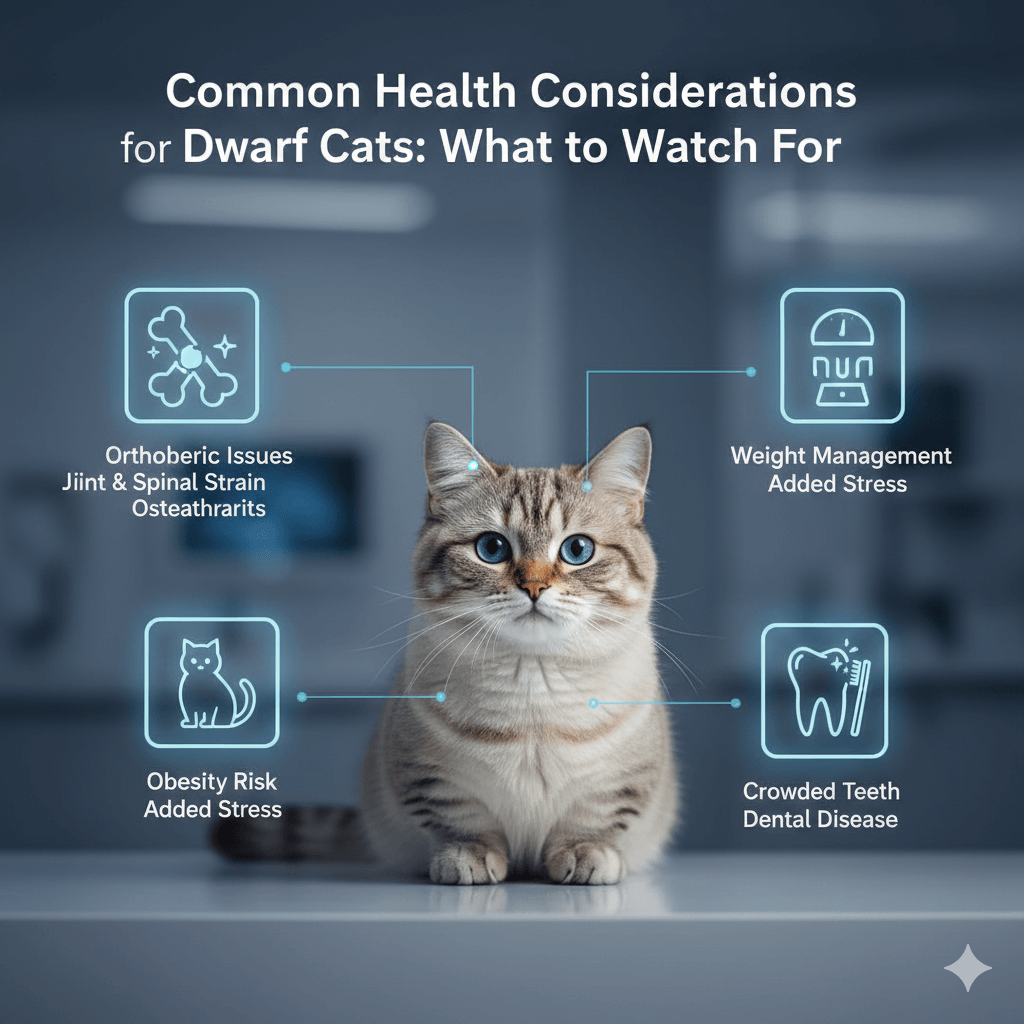Why Does My Dog Lick My Legs When We Go to Bed?
As the day winds down and you settle into bed, you might notice your furry companion engaging in a peculiar yet endearing behavior: licking your legs. While it may seem odd or even a little uncomfortable at times, this behavior is far from random. Dogs communicate through actions, and licking is one of their most expressive gestures. In this blog post, we’ll explore the reasons behind this behavior, what it means for your relationship with your dog, and how you can respond appropriately. Whether you’re a new pet owner or have shared years with your four-legged friend, understanding why your dog licks your legs can deepen your bond and bring clarity to their unique ways of showing affection.
What Drives Your Dog’s Licking Behavior?
Dogs are fascinating creatures, and their licking habits often stem from a combination of instinctual drives and learned behaviors. Below are some common reasons why your dog might be licking your legs when you go to bed:
Affection and Bonding
Dogs use licking as a way to show love and strengthen their connection with their human family. It’s a gesture rooted in their pack mentality, where grooming and physical contact are essential for bonding.Exploration and Curiosity
A dog’s sense of taste and smell is far more developed than ours. By licking your legs, they might be trying to gather information about where you’ve been, what you’ve touched, or even what you ate earlier that day.Seeking Attention
If your dog has learned that licking gets a reaction from you—whether positive or negative—they might do it to get your attention before bedtime.Comfort and Security
Licking can be a self-soothing mechanism for dogs. If they feel anxious or unsettled, licking your legs might help them feel calmer and more secure.Habitual Behavior
Sometimes, licking becomes a routine action without any specific trigger. If it started as a playful or curious act, it might have simply turned into a habit over time.
Understanding these motivations can help you interpret your dog’s actions better and respond in a way that suits both of your needs. Remember, every dog is unique, so their reasons for licking might combine several of these factors.
Is Leg Licking Always Harmless? Things to Consider
While leg licking is generally harmless, there are instances where it might indicate underlying issues or require intervention. Here’s what you should keep in mind:
Health Concerns
Excessive licking could signal allergies, skin irritation, or even nutritional deficiencies. If your dog seems obsessed with licking, consult a veterinarian to rule out medical causes.Behavioral Issues
If the licking feels compulsive or obsessive, it might point to anxiety or stress. Addressing the root cause through training or professional guidance can help alleviate such behaviors.Hygiene Factors
Dogs lick because they find the taste or scent appealing. If you’ve recently applied lotion, sweat during exercise, or come into contact with something intriguing, your legs might become an irresistible target.Boundaries and Comfort
Not everyone enjoys being licked, and setting clear boundaries is important. Teaching your dog alternative ways to seek attention ensures mutual respect and comfort.Training Opportunities
Use this behavior as a chance to reinforce good habits. Redirecting their energy toward toys or commands can reduce unwanted licking while strengthening your bond.
By considering these aspects, you can determine whether your dog’s leg-licking is just a quirky habit or something that requires further attention. Awareness is key to fostering a healthy relationship with your pet.
Check this guide 👉Why Does My Dog Lick My Ears? Best 7 Behavior Tips!
Check this guide 👉Why Does My Dog Lick the Air When I Pet Him? Best 7 Tips!
Check this guide 👉Why Is My Dog Scratching Its Ear and Licking Its Paw? Best 7 Tips

Reasons for Licking | How to Respond |
|---|---|
Affection and Bonding | Offer gentle praise or petting instead. |
Exploration and Curiosity | Clean your legs after outdoor activities. |
Seeking Attention | Redirect focus to a toy or game. |
Comfort and Security | Provide calming routines before bed. |
Habitual Behavior | Gradually discourage repetitive actions. |
How Can You Manage or Redirect This Behavior?
If your dog’s leg-licking has become bothersome or excessive, here are practical steps you can take to manage or redirect the behavior:
Set Clear Boundaries
Consistently communicate when licking is not acceptable. Use phrases like “no lick” or “enough” in a calm but firm tone.Provide Alternatives
Introduce chew toys or interactive games before bedtime to channel their energy into something constructive.Reward Good Behavior
Reinforce positive actions by rewarding your dog when they refrain from licking. Treats or verbal praise work wonders.Establish a Routine
Dogs thrive on predictability. Creating a calming pre-bedtime ritual can minimize anxiety-driven licking.Consult a Professional
If the behavior persists despite your efforts, seek advice from a certified dog trainer or behaviorist. They can offer tailored solutions based on your dog’s personality.
With patience and consistency, you can guide your dog toward healthier habits while maintaining a loving relationship.
Fun Facts About Dog Licking You Should Know
Licking isn’t just a random act—it carries deep meaning and reflects your dog’s instincts and emotions. Here are some interesting facts about this behavior:
It Starts Early
Puppies learn to lick from birth, as they instinctively lick their mother’s face to stimulate regurgitation for food.A Sign of Submission
In canine hierarchies, submissive dogs often lick dominant ones as a sign of respect. Your dog might see you as their leader.Stress Relief
The act of licking releases endorphins in dogs, which helps them relax and feel happier.Unique Saliva Composition
Dog saliva contains enzymes that aid in healing minor wounds, though excessive licking can sometimes cause irritation.Cultural Differences
Some breeds are naturally more prone to licking due to their genetic predisposition or upbringing.
These insights highlight the complexity behind your dog’s seemingly simple actions, adding depth to your understanding of their world.
The Emotional Side of Licking
Dogs express their emotions in ways that often go beyond barking or wagging their tails. Licking is one such behavior that can reveal a lot about how your dog feels. Here are some emotional motivations behind this act:
Love and Trust
Licking is a way for dogs to show they feel safe and connected to you, much like how puppies bond with their mothers.Anxiety Relief
When dogs feel stressed or uncertain, licking can help them cope by releasing calming hormones in their brain.Excitement and Joy
Your dog might lick your legs simply because they’re thrilled to be near you, especially during bedtime when things quiet down.
Understanding these emotional drivers can deepen your appreciation for your dog’s unique personality. By recognizing their feelings, you can respond in ways that strengthen your bond even further.
How to Encourage Positive Alternatives
Redirecting your dog’s licking behavior doesn’t mean stifling their instincts—it means guiding them toward healthier outlets. Here are some practical alternatives to try:
Introduce Chew Toys
Providing durable chew toys can satisfy your dog’s need to explore textures and tastes without involving your legs.Engage in Playtime
A quick game of fetch or tug-of-war before bed can tire them out and reduce the urge to lick.Teach Commands
Basic commands like “leave it” or “settle” can give your dog clear instructions on what’s expected of them.Reward Calm Behavior
Praise your dog when they stay calm and avoid licking, reinforcing positive habits over time.
By offering structured activities and consistent guidance, you can help your dog channel their energy into more appropriate behaviors. This approach benefits both of you in the long run.
Signs Your Dog’s Licking Is a Problem
While licking is usually harmless, there are times when it may signal an issue that needs attention. Here are signs that indicate your dog’s behavior might require intervention:
Excessive Frequency
If your dog licks nonstop throughout the day, it could point to anxiety, boredom, or even a medical condition.Skin Irritation
Persistent licking can lead to redness, sores, or infections on your skin, which may require treatment.Changes in Behavior
Sudden increases in licking might suggest discomfort, pain, or stress that wasn’t present before.Obsessive Focus
If your dog fixates on licking a specific area of your body, it could indicate heightened curiosity or compulsion.Disruption of Daily Life
When licking interferes with your sleep, relaxation, or daily routine, it’s time to address the root cause.
Recognizing these warning signs early allows you to take proactive steps, ensuring your dog stays happy and healthy while maintaining harmony in your household.
Frequently Asked Questions About Dog Licking
Why does my dog only lick me and not others?
Your scent, routine, or emotional connection might make you particularly appealing to your dog.
Can I stop my dog from licking altogether?
While you can reduce excessive licking, completely stopping it may be challenging since it’s a natural behavior.
Does licking mean my dog loves me?
Yes, licking is often a sign of affection and trust.
Should I worry if my dog suddenly starts licking more?
Sudden changes in behavior could indicate health or emotional issues; consult a vet if concerned.
How do I clean my legs effectively to prevent licking?
Wash your legs thoroughly with soap and water, especially after sweating or using scented products.
Embracing Your Dog’s Quirks with Understanding
Dogs enrich our lives in countless ways, and their quirky behaviors remind us of their individuality and charm. While leg licking might seem puzzling at first, understanding its roots—from affection to curiosity—can transform it into a meaningful part of your relationship. By setting boundaries, addressing potential concerns, and appreciating the love behind the licks, you create a harmonious environment for both you and your furry friend. So the next time your dog gives your legs a gentle swipe, remember: it’s their way of saying “I care.”
Cat Anxiety Treatment: Best 7 Expert Tips! Discover proven ways to calm stressed cats, recognize signs of anxiety, and create a peaceful home environment today.
Is Royal Canin Good Cat Food? Best 7 Expert Tips! Learn the truth about this brand & get vet-approved advice on feeding, ingredients, and tailored formulas.
Dwarf Cat Lifespan: Best 7 Expert Tips! Discover how to ensure a long, healthy, and happy life for your short-legged feline companion.
Blue Buffalo Cat Food: Best 7 Expert Tips! Discover how to choose the right formula, feeding strategies, and nutritional benefits for your feline friend.





